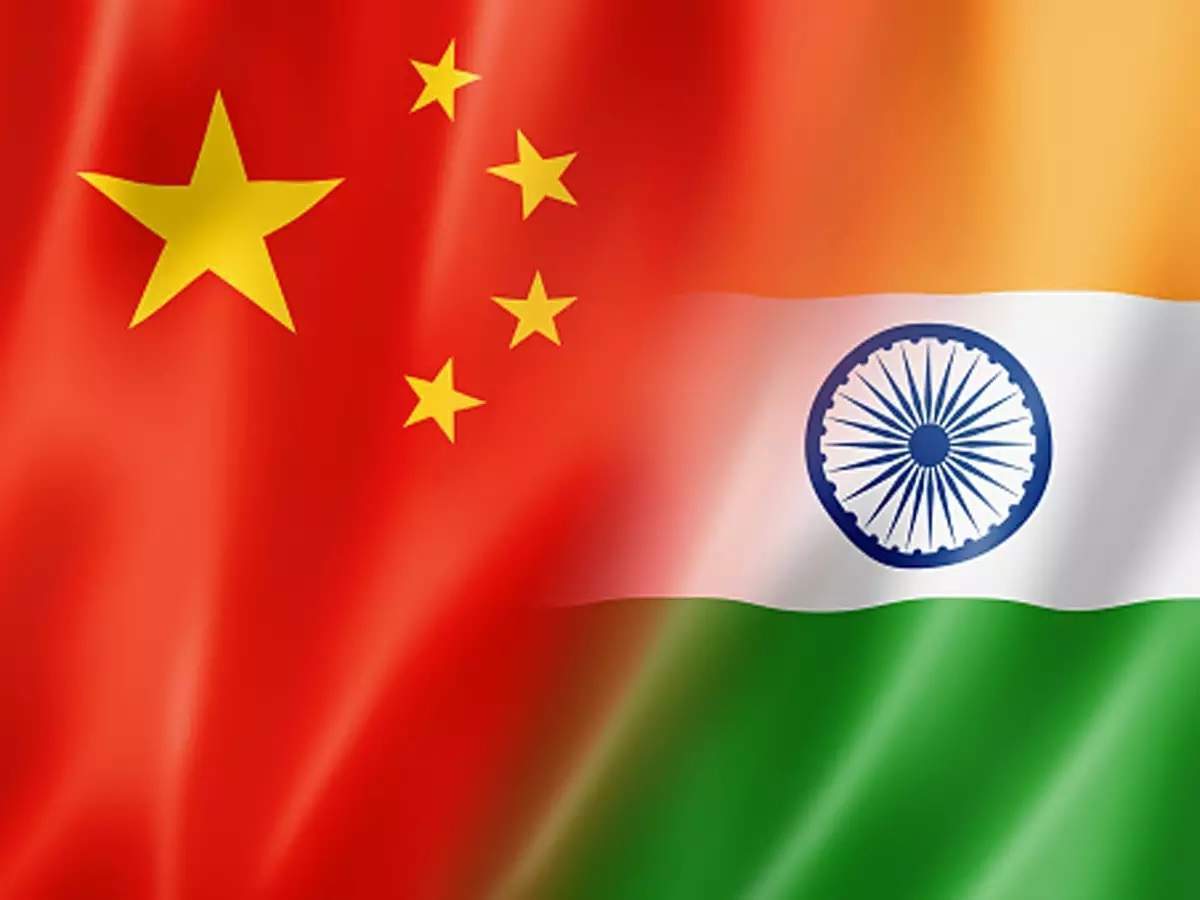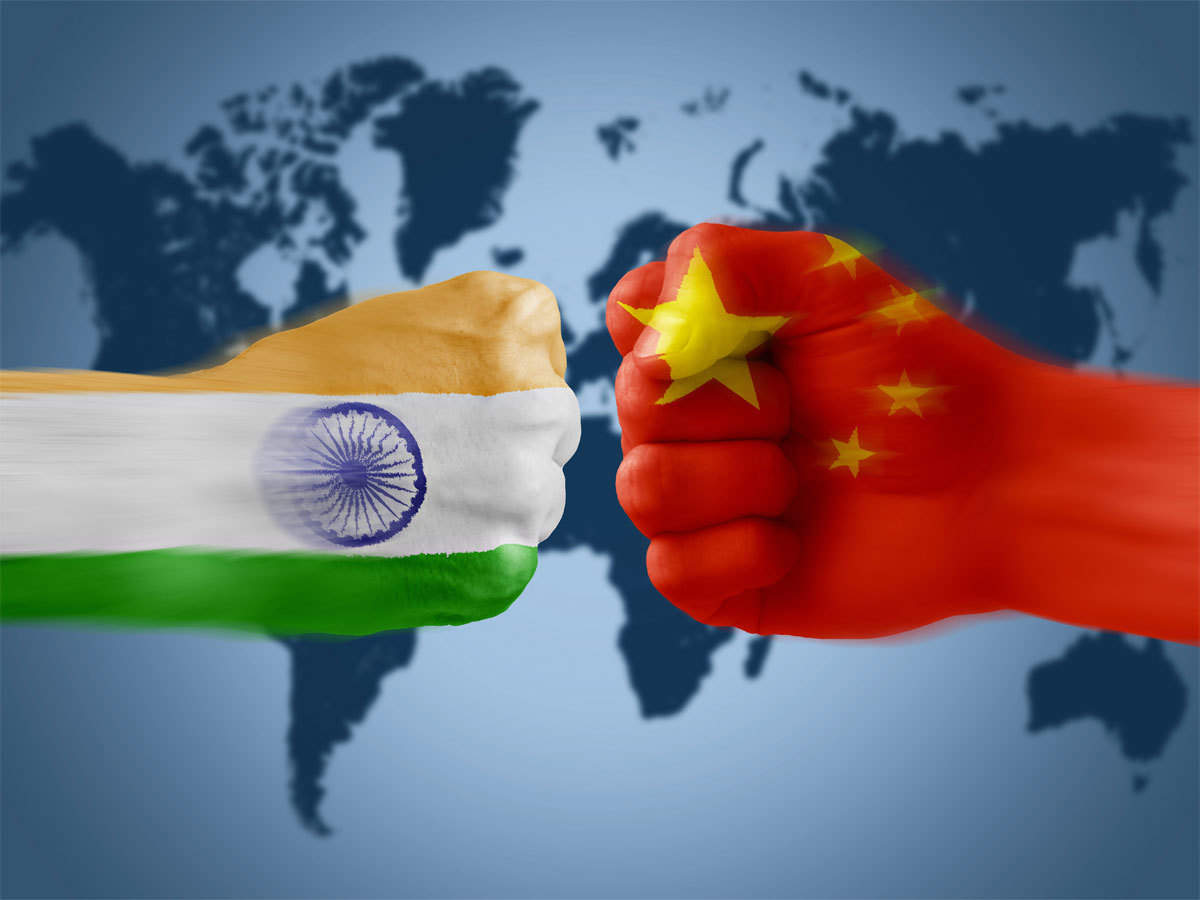China Border Tensions: Is Beijing Planning A Reset?
Beijing is effectively communicating to New Delhi that maintaining sovereignty over the regions of Depsang, Chumar, Galwan, and Tawang is essential to any future settlement.

Throughout the past roughly 75 years, there have been cycles of strife and collaboration in India-China ties. The most major recent conflicts took place in Tawang, Arunachal Pradesh, in 2022, and in Galwan Valley, Ladakh, in 2020. Observers on both sides of the Line of Actual Control (LAC) concur that since 2013, there have been more significant military activity.
Beijing is effectively communicating to New Delhi that maintaining sovereignty over the regions of Depsang, Chumar, Galwan, and Tawang is essential to any future settlement. The injunction of the Chumbi Valley in China, the Ha District in Bhutan, and Sikkim in India are Doklam in Bhutan, which is central. Even though the LAC’s middle sector has been largely calm, China nonetheless invaded Barahoti in Uttarakhand in August 2021. (The first very public and open disputes in the early 1950s were in Barahoti.) As a result, we may anticipate continuing pressure at each of these places, including Barahoti.
Just because the western portion of Ladakh has witnessed most of the activity doesn’t mean that China is primarily limited in the eastern sector (as Tawang 2022 has reminded us). Since the early 1980s, China has claimed it has a claim to all of Arunachal Pradesh, particularly Tawang (the Buddhist monastery there is a key Tibetan religious and cultural site). In contrast to Xinjiang, which supports the western and middle sectors, China’s main military command centers are bigger and far closer to the front in the adjacent provinces of Sichuan and Tibet. As a result, Chinese soldiers are far more prepared to wage a massive, lengthy battle in the east.
Mutual opinions take a while to shift, particularly when Chinese and Indian mindsets have a long history. In the case of China, they date back to the 19th century, when British Indian soldiers and policemen served there, Indian opium traders earned fortunes there, and Chinese intellectuals came into contact with colonial India. In the modern day, social media and other forms of media have not been helpful. Injurious perceptions of the opposite society are also revealed through public opinion polls in both nations.
Soldiers from China and India engaged in combat in Yangtse, close to Tawang, on the contentious China-India frontier. While much is still unknown about the conflict, it appears that it followed an attempt by a group of Chinese soldiers to take control of strategically significant ground at the Yangtse Ridge. This was probably done to cut off an Indian unit’s supply line at a nearby outpost, drive it from its position, and change the situation in the region.
Clubs and other melee weapons were used in the fight, which resulted in non-fatal injuries on both sides. The People’s Liberation Army (PLA) forces were repelled by the Indian side, who had likely prepared for the attack in response to early information. During a “flag conference” with regional military leaders two days after the conflict, the situation in the Yangtse is normalized.
Significantly, the conflict happened in a significant area. A further conflict between China and India occurred in the crucial region of Yangtse in 2021. Recently, a road connecting a border village in China was built to create a Chinese presence there. The region is adjacent to Tawang, a highly sensitive city with special significance for the Dalai Lama’s reincarnation and maybe for the future of Tibet, which China has long identified as a priority demand in its territorial conflict with India.
Experts, commentators, and internet users in both countries—but notably in India—have been weighing in on the Yangtse conflict in a flurry of opinion. This statement reflected the extremely tense climate between China and India that has lingered since their tragic border confrontation at Galwan in 2020, despite some of it being quite improbable.
The Galwan clash sparked a serious crisis in relations between New Delhi and Beijing and led to a significant troop deployment along the border. It came after years of rising tensions in the China-India territorial dispute, particularly along the Line of Actual Control (LAC), the long, disputed, and undelineated de facto border between the two countries. Since 2020, China-India ties have mostly been frozen because of the border, notwithstanding some partial disengagement in certain regions as a consequence of bilateral military discussions and some limited diplomatic cooperation in international fora.
In light of this and with some hindsight, it’s critical to go beyond the media frenzy of the past month to see the Yangtse conflict’s greater importance. Understanding the conflict’s implications for China-India ties, how each side views them and their prospects for the future is particularly important.
First, the Yangtse conflict shows that New Delhi’s strategy of severing ties with China until its border-related demands are satisfied has not yet resulted in border stability. This Indian strategy aims to put pressure on Beijing to withdraw from areas it had taken in 2020 and, more broadly, to compel China to stop acting provocatively near its borders.
Conflict demonstrates that China has a dual-track strategy of diplomatic engagement with India and ongoing border pressure. On the one hand, China has worked to mend its strained ties with India by highlighting their shared perspectives on the conflict in Ukraine, highlighting the economic potential of their alliance, and attempting to resume high-level exchanges. The most recent example of this was the handshake and the brief conversation that Indian Prime Minister Narendra Modi and Chinese President Xi Jinping shared at the G-20 summit in Indonesia, which was a small but symbolic step in the right direction.
On the other side, Beijing has persisted in using the border as a tool to exert pressure on India over matters that are important to China, such as India-US anti-Chinese cooperation and New Delhi’s policy toward Tibet. The PLA’s escalation at Yangtse well shows these pressure strategies. However, the decision to present the Dalai Lama with the Mandela-Gandhi award, an honour sponsored by the Indian government, might also have had some bearing on the incident. The clash was likely a response to India’s joint exercises with the United States close to the border just days before the incident.
The Yangtze conflict shows that both China and India want to stop a significant new uptick in tensions on their border. The two sides’ determination to reduce the likelihood of future escalation is evidenced by the fact that, in contrast to prior standoffs, they disengaged shortly after the altercation and settled the situation on the ground after a flag meeting. Similarly, both administrations‘ efforts to minimize the event indicate that they do not wish to stoke nationalism any further.
This move on the part of China indicates that the country is aware that its aggressive actions in 2020, which resulted in the Galwan confrontation, caused a far more serious escalation and bilateral crisis than it had anticipated. This is significant because it does not imply that China will cease putting pressure on India at the border, but rather that Beijing is likely attempting to prevent further escalation.
The Yangtse incident on the Indian side shows that, despite its decision to retaliate forcefully against armed Chinese provocations, New Delhi also wants to stabilize the border because rising border tensions with the militarily superior China runs the risk of escalation and give the Indian government a weak domestic image.
All in all, the Yangtse conflict brings both some good news and a lot of negative news for China-India ties. The good news is that Beijing and New Delhi are both ready to prevent further escalation on the border, which might provide the basis for some stabilization of their ties. The bad news is that the most likely conclusion, a return to some degree of normalcy in Sino-Indian ties, will be gradual, challenging, and probably insufficient.
India has decided to hold off on normalizing relations until China makes meaningful concessions on the border, while Beijing has made the decision to engage with New Delhi and put pressure on India on the border in the hopes that circumstances will eventually force India to normalize relations despite the situation on the border. It will be challenging to significantly repair ties after such a battle of wills without one side caving in to pressure from the other.
Wartime competence
Lastly, the Army must thoroughly evaluate its internal battle readiness. There is a chance that present conflicts might turn into war. The advantages of Chinese supply chains, infrastructure, and military high technology will put a great deal of pressure on Indian troops. India made no effort in 1962 to counterattack China and force the issue there. It didn’t even deploy its air force. Is this still viable after another round? If not, how precisely will India respond, even by utilizing its air force? Are there asymmetrical tactics India can use, drawing a hint from Ukraine’s opposition to Russia?
China has consistently argued that any border solution must be part of a much bigger strategic agreement. What can India provide China in exchange for a border settlement that it cannot later take back? Is it a viewpoint that is gaining traction in Chinese thought? But, this way of thinking implies that it will be exceedingly challenging to come to a definitive agreement on the border. In the end, there is nothing that one country can offer another that it cannot attempt to recover. Arguments from a legal and moral standpoint and little geographical modifications won’t be sufficient.
What can India provide China in exchange for a fair, long-lasting settlement that is irrevocable? Beijing’s response will include India’s acknowledgement that its position on the border was incorrect, significant territory concessions made to China in the western and eastern sectors, and India’s future stance on Tibetan issues.
In 1972, China compelled Nixon and Kissinger to the US’s China policy, and in the early 2000s, China forced Russia to acknowledge its error in the territorial dispute. Beijing requires opponents to publicly and symbolically express their regret, and it will likely expect India to do the same. For Beijing, the main points of contention are land and Tibet. India needs to seriously consider how far it is willing to go with China.




